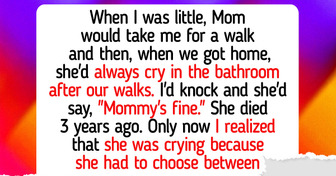I used to think I could never earn more than what my previous employer paid me — but I was wrong. The world is full of opportunities for those willing to take a chance.
Now, I’m earning $52 per hour or more, and I can easily make at least $1,300 a week. Based on my experience, I believe everyone should try working online — it’s a simple and flexible way to earn money. Here's an example:
Www.Richnow1
10 Body Language Cues That Could Help You Read People
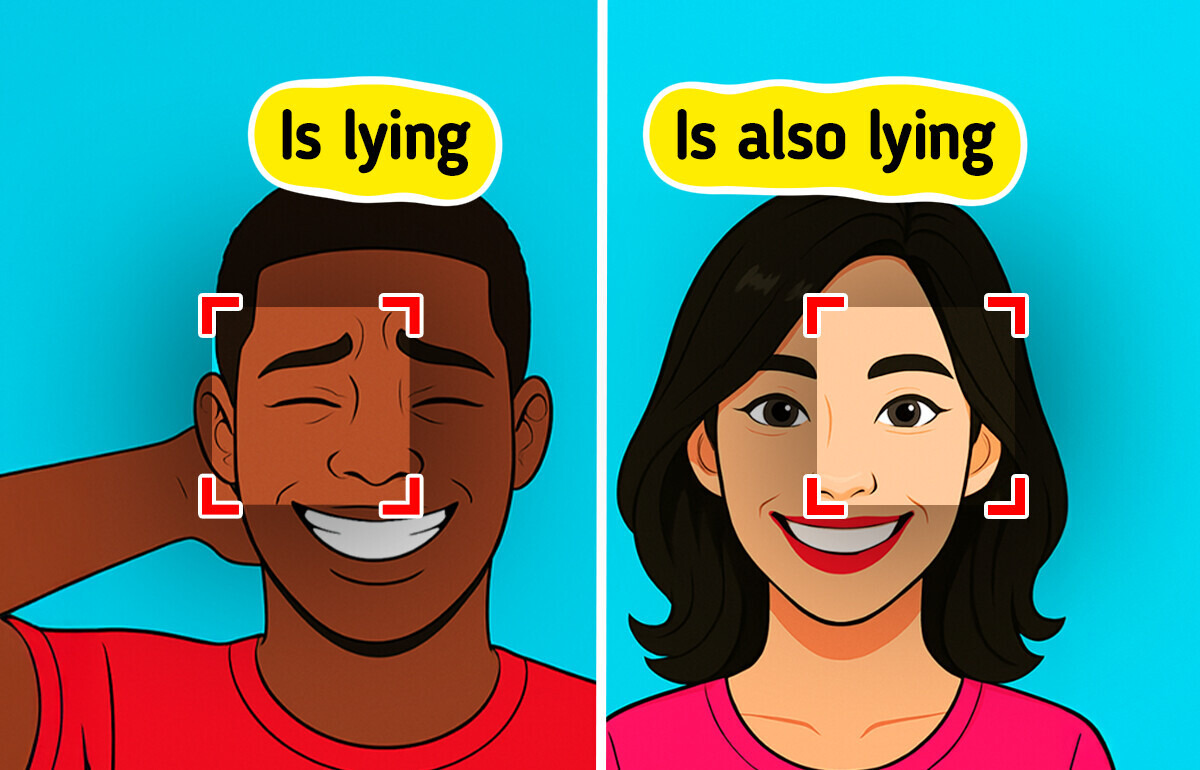
According to experts in social psychology, 55% of the impact of what we say comes from our body language cues, while tone of voice accounts for 38% and the words themselves only 7%. So the next time someone says “I’m fine” with their arms crossed, lips tense and shoulders shrugged... they may not be so fine.
In this article, we’re going to tell you the key signs you need to look for to understand others without even speaking. And the best part: how to use them to improve your relationships, gain confidence and avoid misunderstandings.
1. Direct (but not fixed) visual contact.
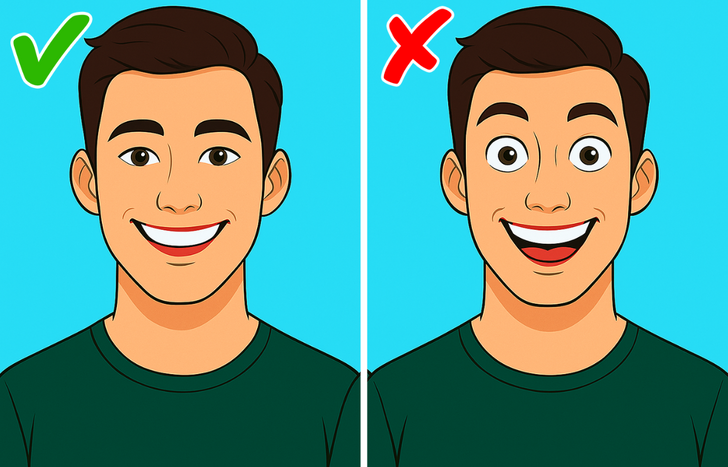
Sustained eye contact demonstrates safety, interest and emotional connection. If someone looks you in the eye while you’re talking, they’re probably paying attention to you and are engaged in the conversation. But be careful: a look that’s too intense can appear threatening, and if the other person avoids it altogether, they could be feeling uncomfortable, or emotionally disconnected.
2. Facial microexpressions.
These expressions last only half a second and can reveal genuine emotions a person is trying to hide. For example, a flash of anger that appears just before a fake smile. They are especially useful for detecting inconsistencies between what someone says and how they really feel.
3. True smile (with the eyes).
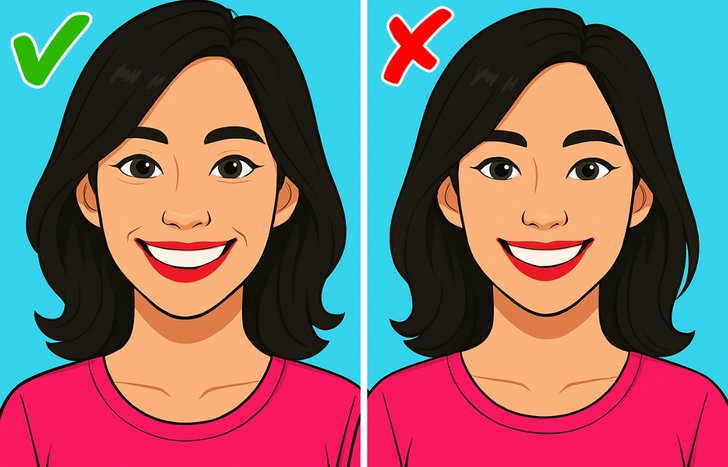
A genuine smile involves not only the lips but also the muscles around the eyes. It’s called the “Duchenne smile” and reflects genuine emotions like joy, connection, or friendliness. If someone smiles only with their mouth, they’re probably being friendly... But not necessarily sincere.
4. Upright vs. slouched posture.
A person who stands upright, with shoulders back and feet firmly planted on the ground, usually conveys confidence, openness, and attentiveness. On the other hand, a slumped, or closed posture can reflect insecurity, tiredness, disinterest, or discomfort.
5. Arm crossing.

It’s one of the most misinterpreted gestures. It’s often associated with a defensive attitude or disagreement, but it can also simply be a comfortable way to stand or protect yourself from the cold. The key is to observe other gestures at the same time: if the person frowns or looks away, they may be shutting down emotionally.
6. Restlessness in the legs or feet.
Although people often monitor their face, they often forget what their legs and feet are doing. Swinging their feet, constantly shifting their positions, or moving their legs can indicate anxiety, nervousness, or impatience. This gesture often appears when someone wants to leave or feels uncomfortable.
7. Touching the neck, face, or hair.
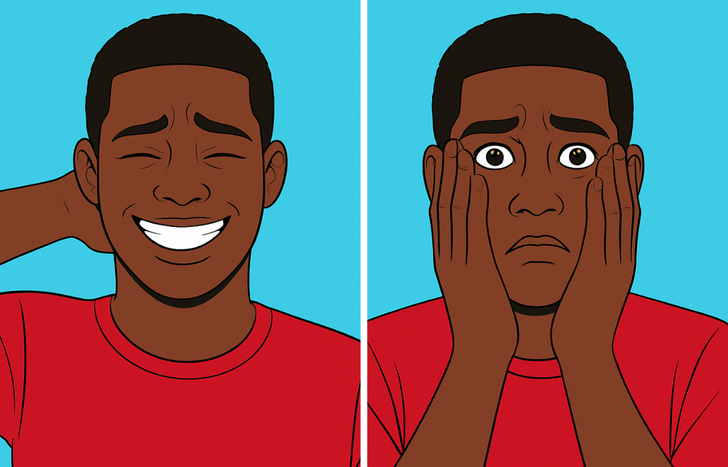
8. Lean forward.
When someone leans toward you while you’re talking, it’s a clear sign of interest, attention, and respect. On the other hand, if the person leans back or physically moves away, it may mean they disagree with what you’re saying or aren’t comfortable.
9. Raise an eyebrow.
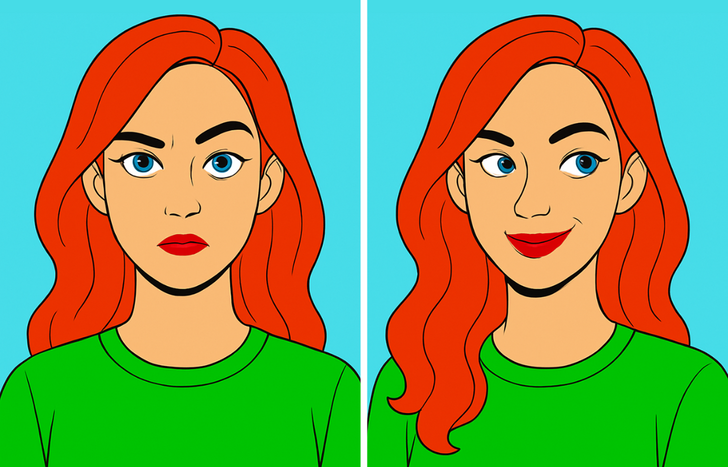
This gesture can have multiple meanings, but it’s often associated with surprise, doubt, or skepticism. It can also be used flirtatiously or ironically, depending on the context. If you combine it with the other expressions, you can better interpret the real intention.
10. Visible hands vs. hidden hands.
Open hands, with the palms facing up or outward, suggest honesty, openness, and availability. On the other hand, hiding the hands can indicate discomfort, distrust, or even that the person is hiding something (literally or symbolically).
Reading people without them speaking is not a movie trick: it is a real, powerful and trainable skill. Understanding body language cues can completely change the way you relate to others. Next time you are in a conversation, try to turn off the “automatic mode” and pay attention to your gestures, your gaze, your posture. Because there, without words, are the truest truths.
Do you want to learn more about how to apply this knowledge in your workplace? You can read this article here.
Comments
Related Reads
9 Body Language Clues to Understand People Better
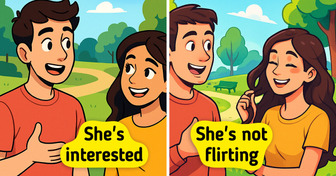
9 Subtle Signs of Low Testosterone You Might Be Overlooking
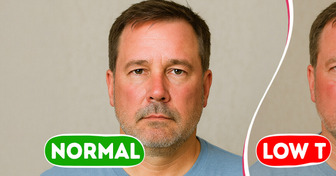
12 Stepparents Who Cracked the Code to Their Stepchildren’s Hearts
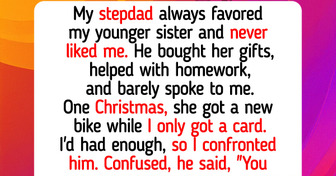
15+ Heartfelt Times When Women Proved There’s a Rainbow After Every Storm
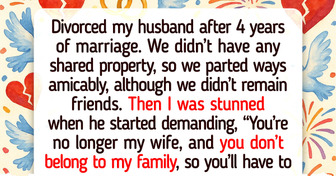
15 Stories That Remind Us to Stay Kind, Even When the World Isn’t
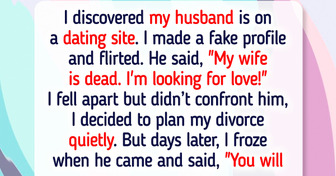
I Refuse to Let My Sick MIL Live With Us—I’m Not Her Free Caregiver
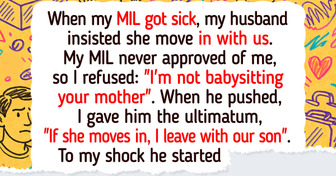
I Refuse to Let My Sister Step Inside the Home I Bought for Our Parents — and I’m Not Sorry
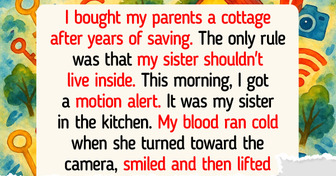
10 Stories That Remind Us to Stay Kind, Even When Life Tries to Break Us
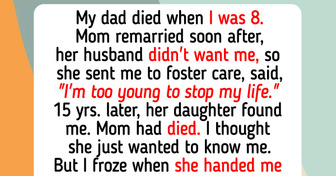
20+ Moments That Remind Us That Kindness Costs Nothing but Means Everything
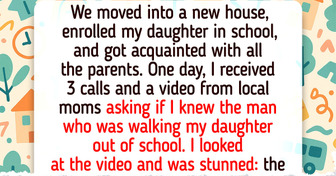
15 Stories That Prove a Small Spark of Kindness Can Light Up a Fading Soul

12 Stories That Show Kindness Doesn’t Need to Be Loud to Be Life-Changing
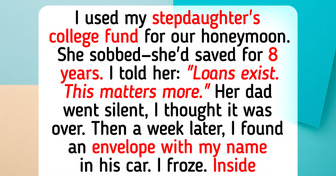
12 Quiet Acts of Kindness That Show Humanity Still Has a Heartbeat
